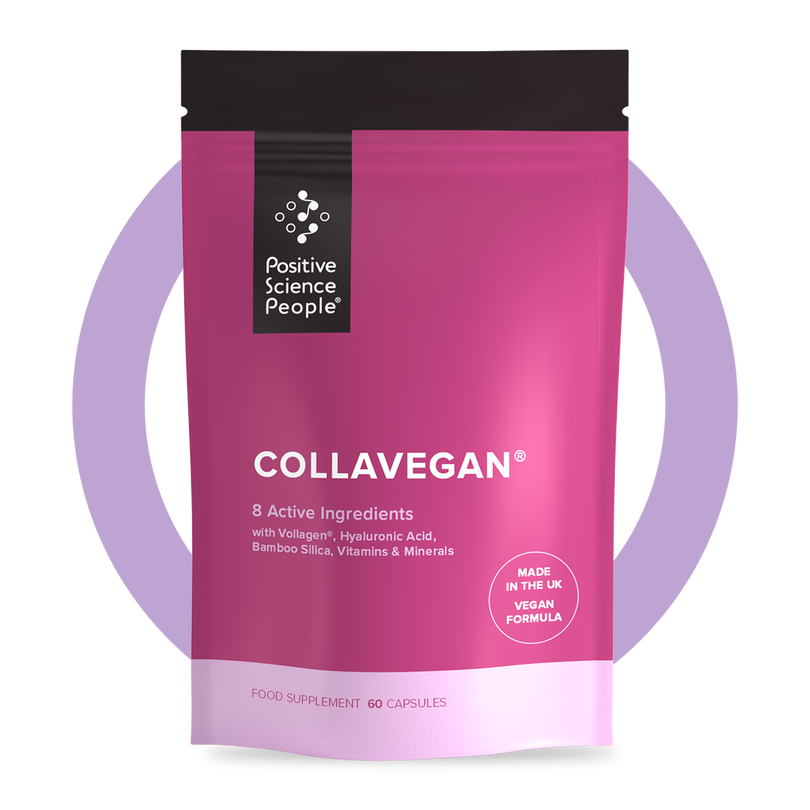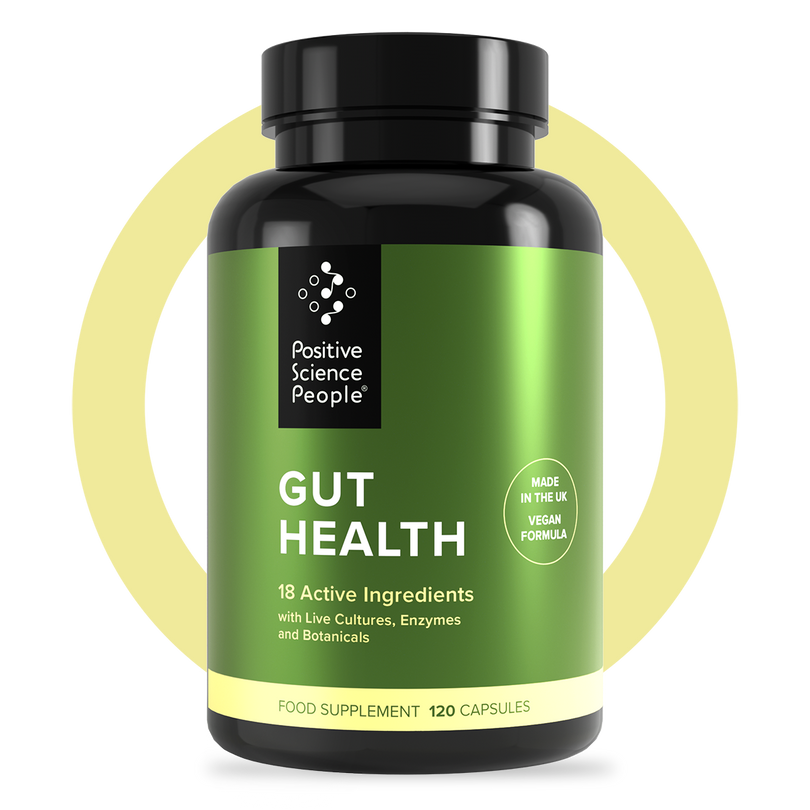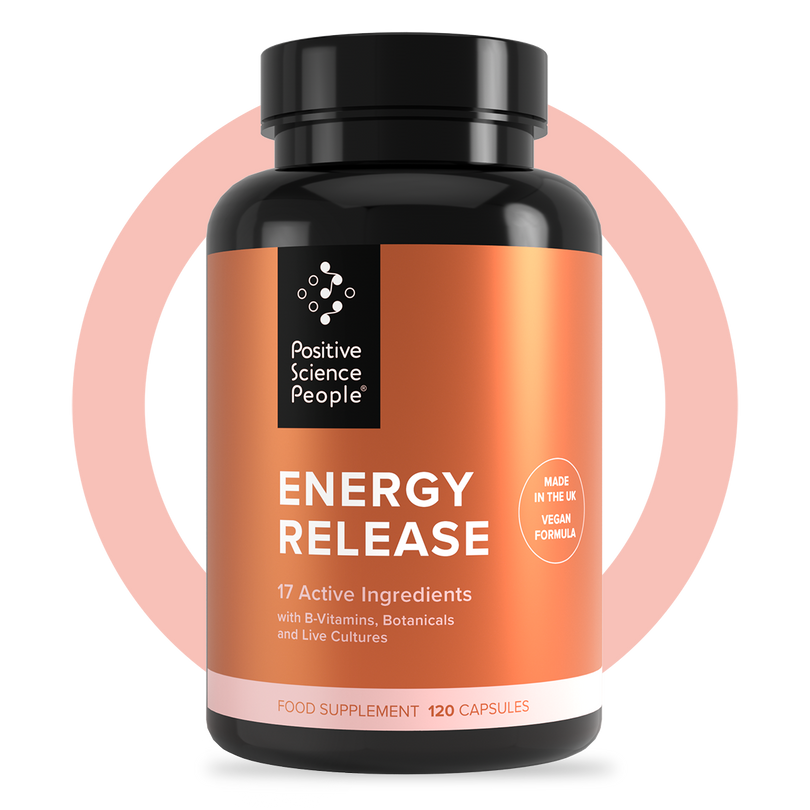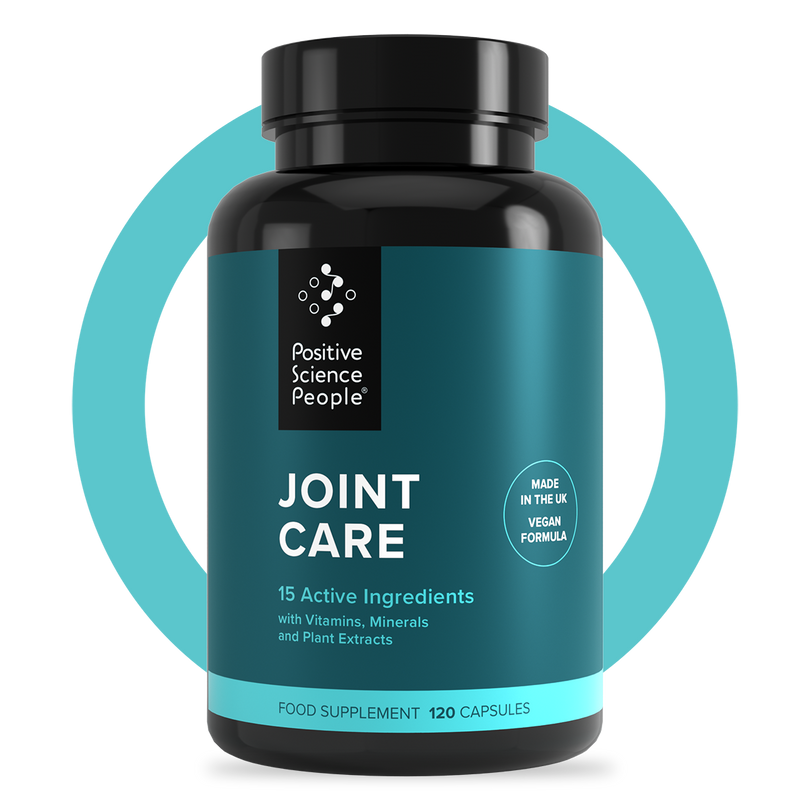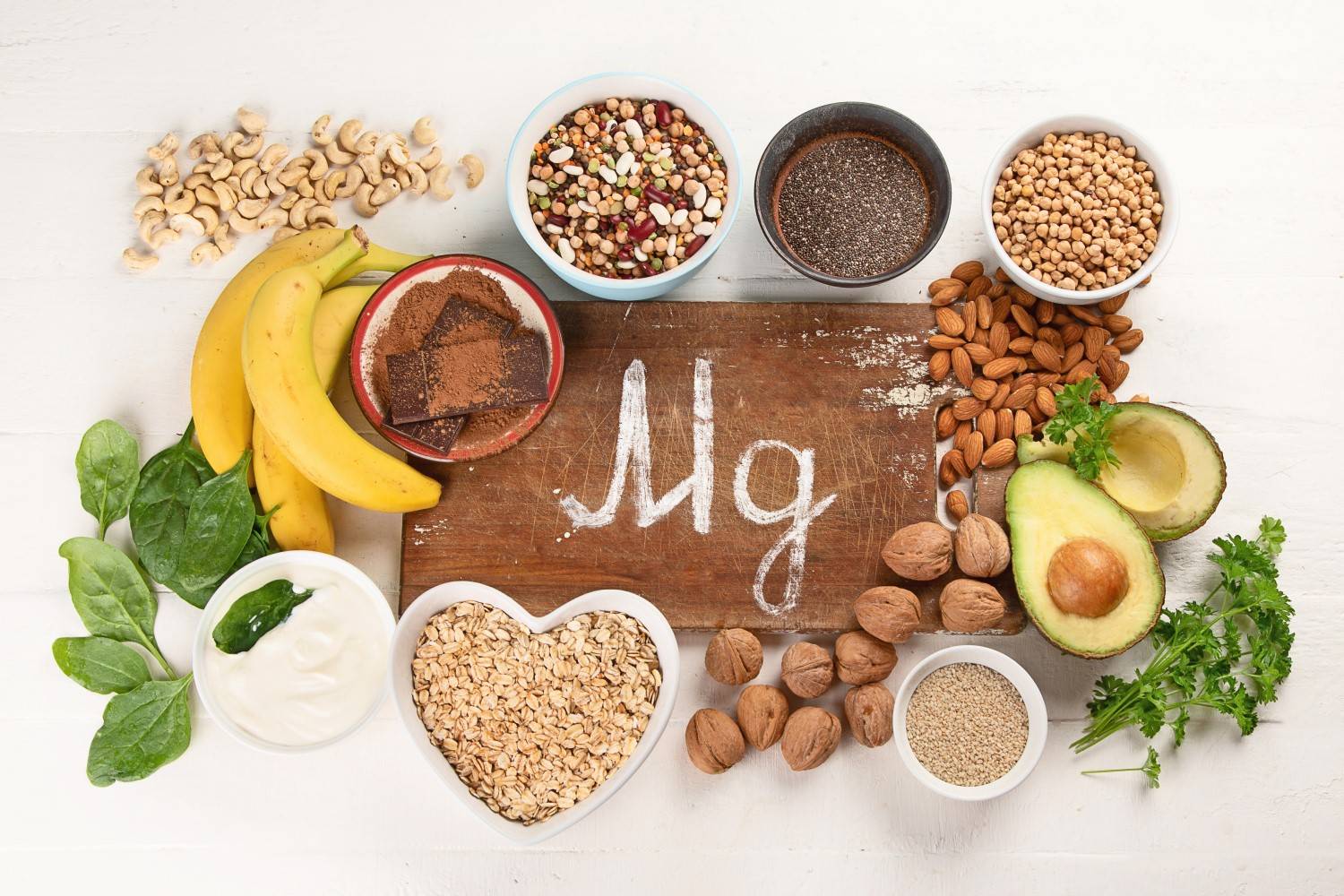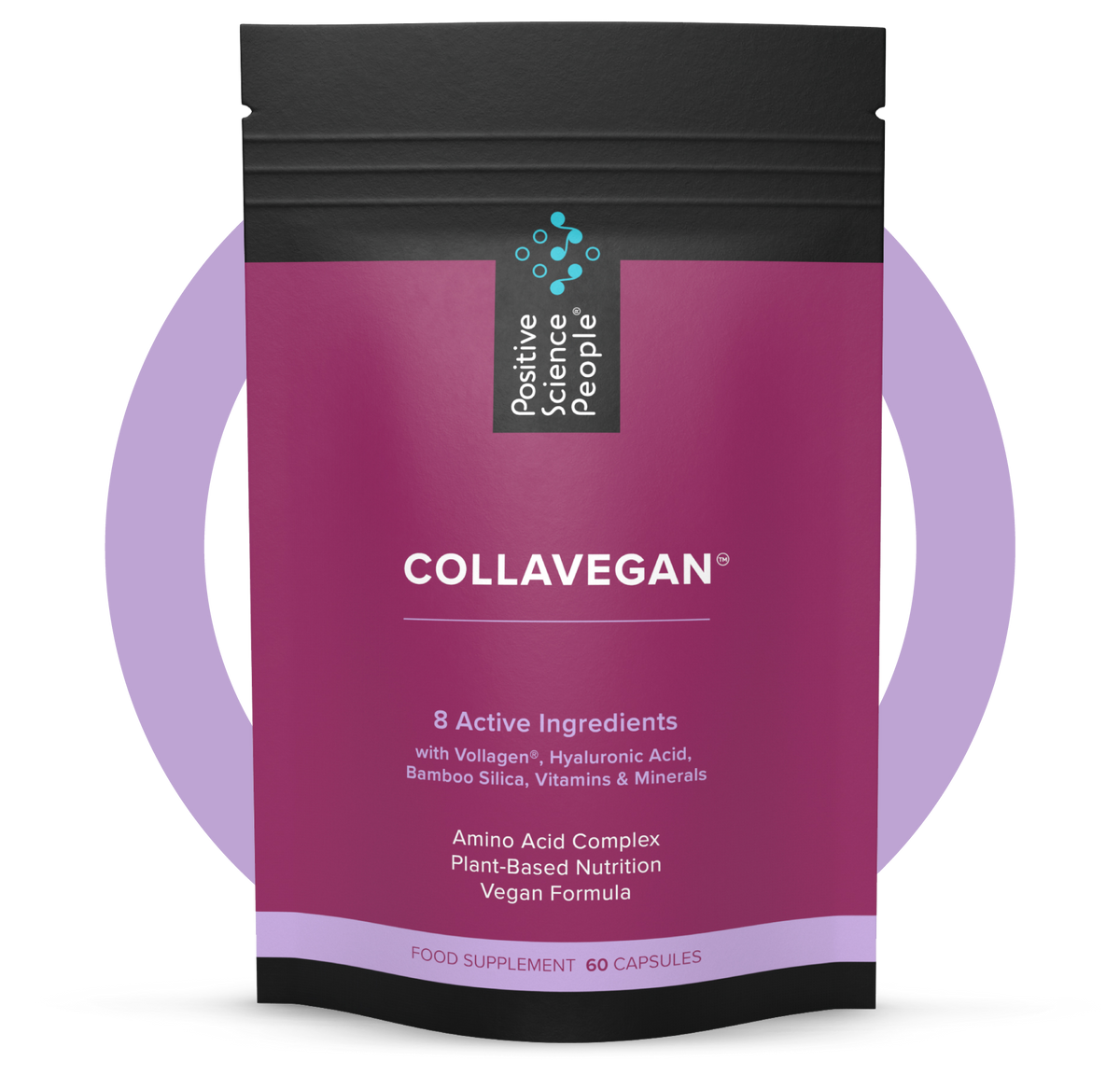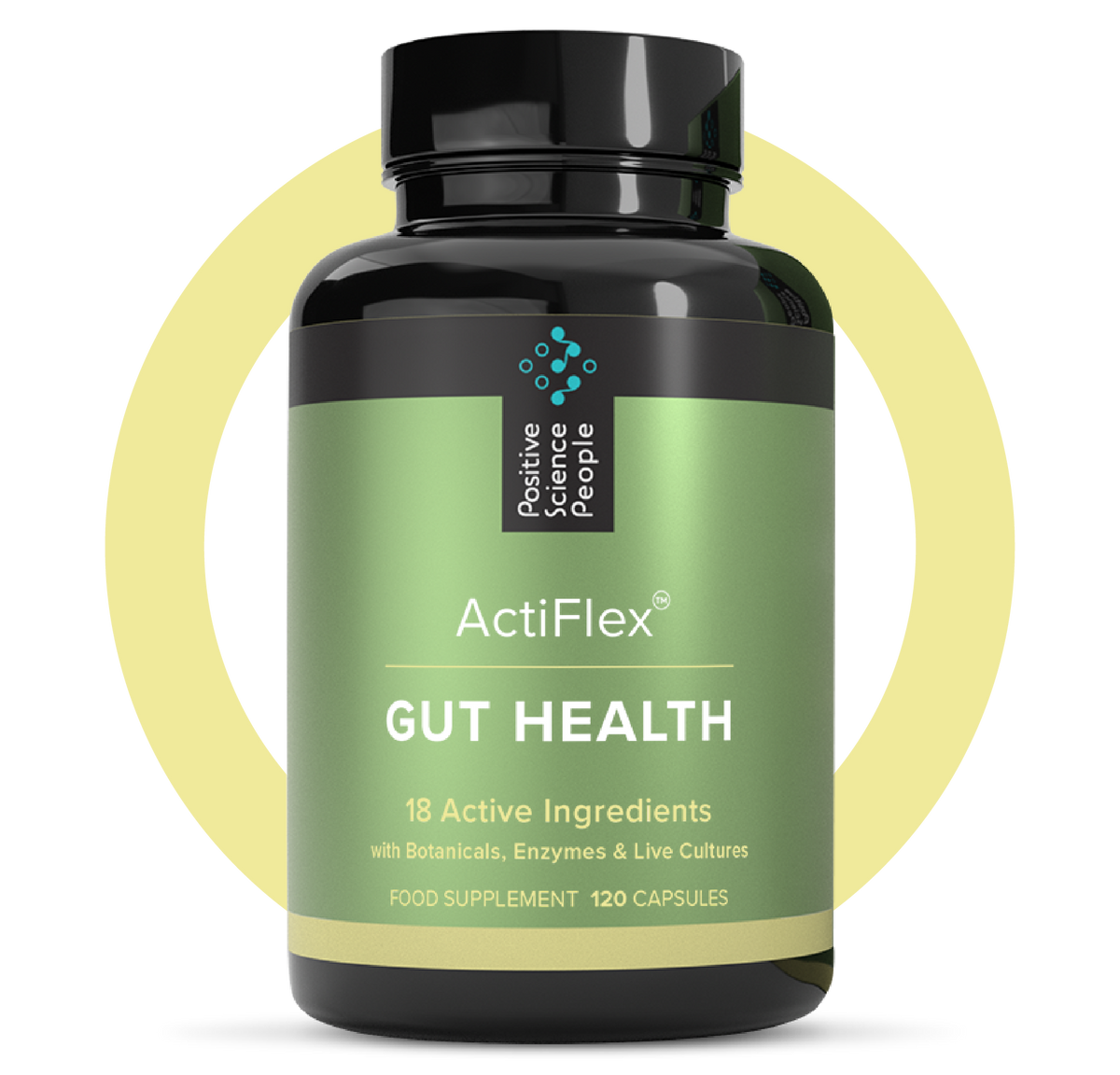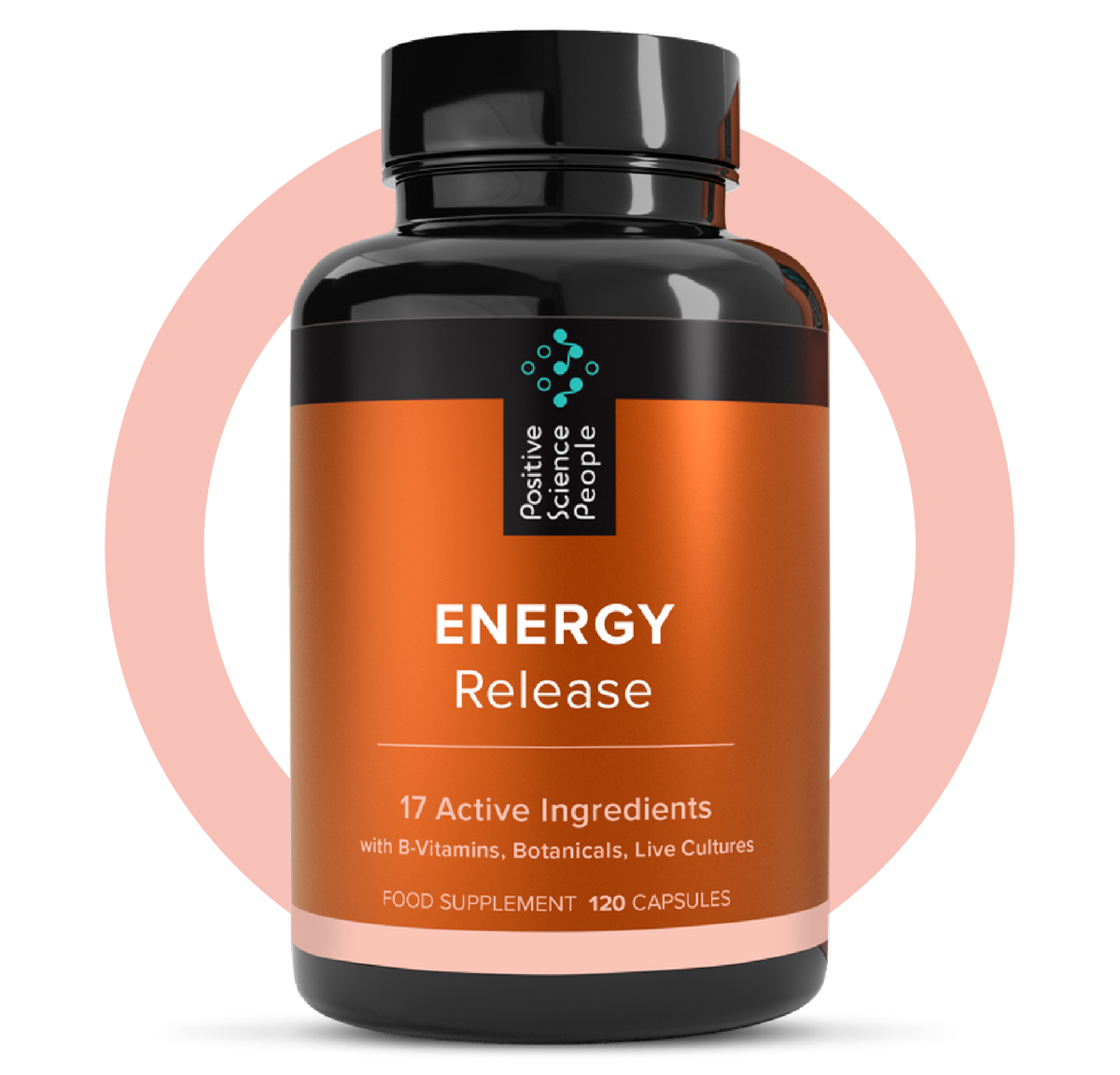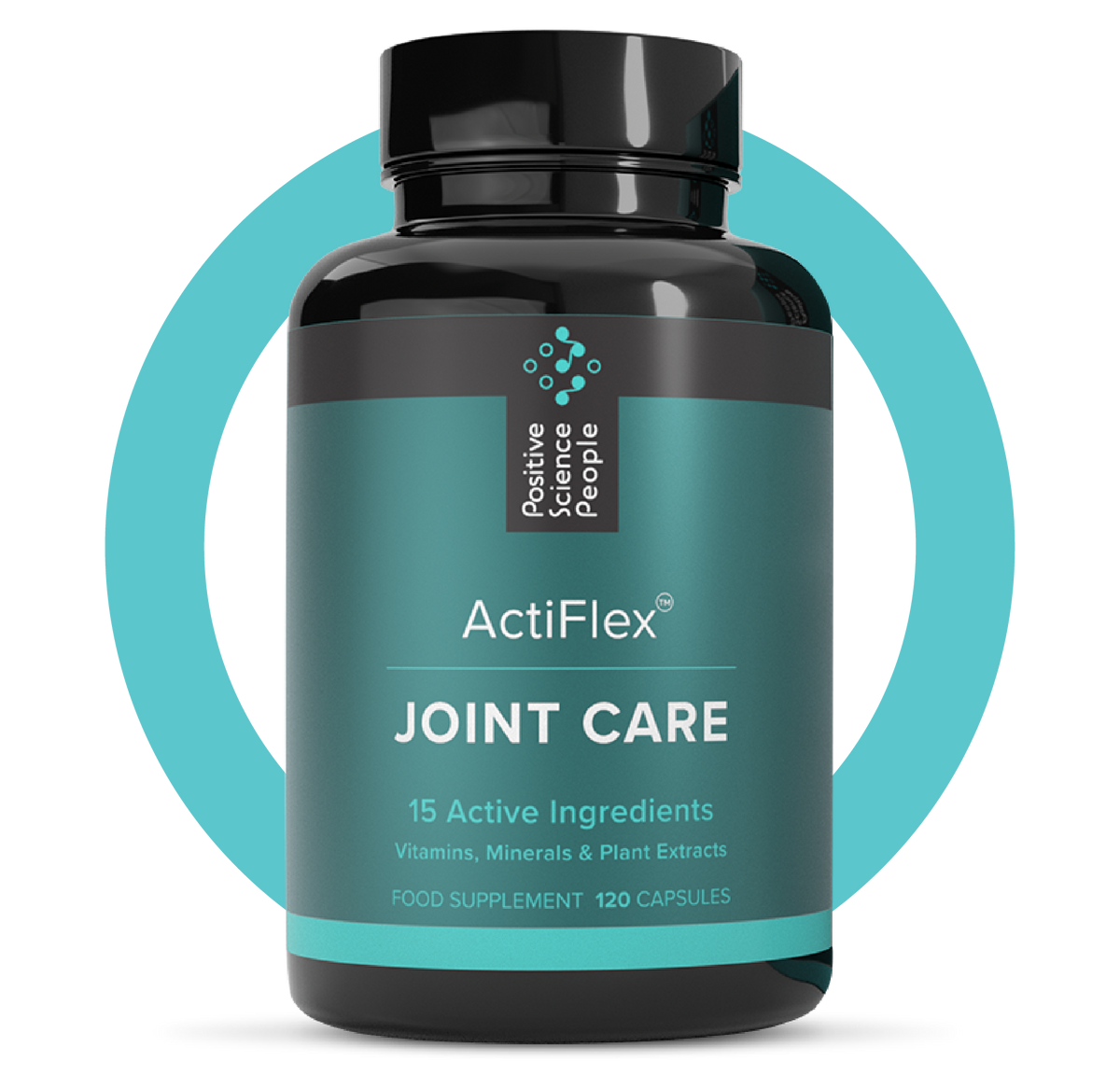Curcumin is the active ingredient in the flowering plant turmeric, a member of the ginger family and best known for its bright orange roots. Commonly used in Asian cooking, it has been used for centuries in health treatment in other countries, especially in ayurvedic medicine. Turmeric can easily be added to many dishes, such as omelettes, soups and, of course, curries. It’s also what makes mustard yellow. But in raw form, you have to eat a lot, regularly, to get the benefits, because the percentage of curcumin is quite low. It is also difficult for the body to absorb, so other ingredients, such as black pepper, are ideally required. Plus watch out for yellow fingers!
The health benefits of curcumin are extensive, covering a range of everyday bodily functions and proven support for several chronic conditions. For people living with arthritis specifically, the evidence is becoming stronger and stronger, so it is well worth considering adding it to your diet.
In 2016, an extensive systematic review (which means reading lots and lots of research papers) of randomised controlled trials reviewed the efficacy of turmeric and curcumin in treating arthritis symptoms. In this robust examination, the researchers found, “scientific evidence that supports the efficacy of turmeric extract in the treatment of arthritis.” The study found that in several studies curcumin/turmeric was at least as effective as pain medication. Other studies showed osteoarthritis index scores reduce significantly with curcumin/turmeric treatment.
“I first discovered the health benefits of turmeric several years ago and started cooking with it. But I soon realised the therapeutic dose of the active ingredient curcumin was actually quite low. And I didn’t want yet another supplement to take. So, I created my own product, called ActiFlex, combining high quality curcumin with 14 other vitamins, minerals and herbal extracts. It saved me a lot of effort and I now hope it can also help others too.” Sandra Witzel, Founder, Positive Science People
This systematic review did suggest further research was needed and there have been further positive studies since. In 2020, a trial was conducted amongst 140 patients of knee osteoarthritis which showed a combination of curcuminoids (the major phytoconstituent in curcumin) and regular pain medication was more effective than using medication alone. Specifically, the curcuminoid combination offered greater improvement in pain and functional capacity, with better tolerability.
“Curcumin has received worldwide attention for its multiple potential health benefits. It has been investigated in numerous health conditions, including inflammatory conditions such as arthritis, cardiovascular diseases, and metabolic diseases, and appears to act primarily through antioxidant and anti-inflammatory mechanisms. Although more rigorous, larger studies are needed to confirm the therapeutic benefits of curcumin, based on current evidence, this naturally-occurring polyphenol certainly shows promise for people living with arthritis.”” Rachel Redman, Registered Dietitian, Positive Science People
For people considering adding this nutrient to their diet, there are three important things to know...
1. Curcumin beats turmeric
In powder or raw form, as typically used for cooking, turmeric typically contains less than 5% curcumin. So, the amount of the active, health boosting ingredient is pretty low. You can still benefit from eating turmeric, but you need to consume quite a lot. Similarly, supplements that offer large quantities of turmeric, not curcumin, offer limited benefit. For example, one of the UK’s leading turmeric supplements contains 1,440mg of turmeric. Sounds good, but that’s less than 100mg of curcumin, far below a therapeutic dose.
2. Absorption is crucial
Whether in cooking or as a supplement, curcumin and turmeric are quite hard for the body to absorb and hence experience the health benefits. Ideally they are consumed with something to help the absorption, such as black pepper. The relevant active ingredient in black pepper is called piperine (or Bioperine™, as a branded ingredient), which has been shown to increase curcumin absorption by 2,000%.
3. Concentration matters
Even with curcumin, the concentration levels are important, as not all forms offer the same benefits. High quality curcumin extract comprises 95% curcuminoids (or greater), meaning almost all the ingredient is actively working for you.
Sources
Efficacy of Turmeric Extracts and Curcumin for Alleviating the Symptoms of Joint Arthritis, Journal of Medicinal Food, August 2016
https://pubmed.ncbi.nlm.nih.gov/27533649/
Efficacy and safety of Combination of Curcuminoid Complex and Diclofenac Versus Diclofenac in Knee Osteoarthritis, Medicine, April 2020
https://www.ncbi.nlm.nih.gov/pmc/articles/PMC7220260/
Influence of Piperine on the Pharmacokinetics of Curcumin in Animals and Human Volunteers, Planta Medica, May 1998
https://pubmed.ncbi.nlm.nih.gov/9619120/
Curcumin: A Review of Its Effects on Human Health, Foods Journal, October 2017

